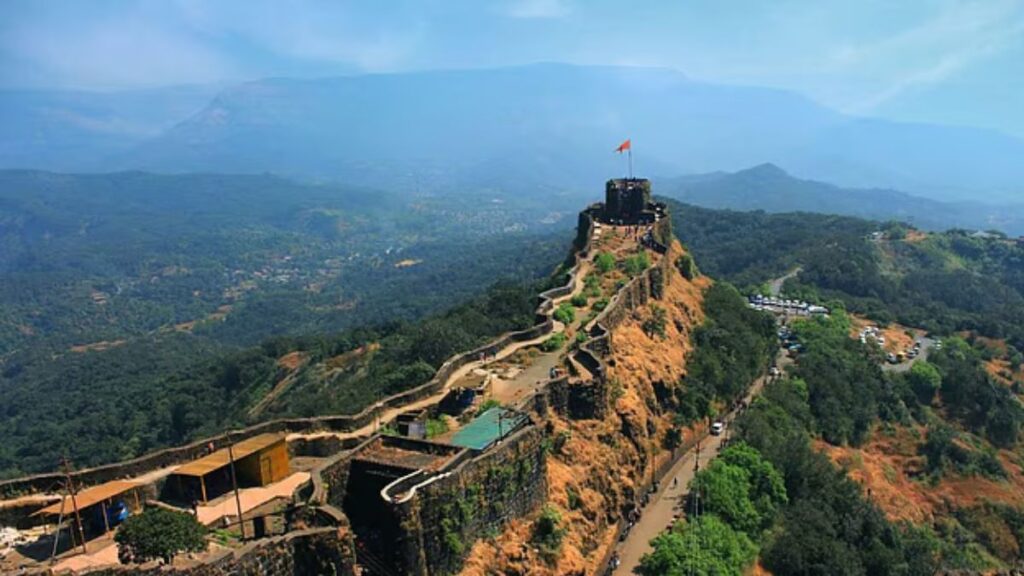
A Historic Triumph in Paris
At the 47th session of the UNESCO World Heritage Committee held in Paris this July, the “Maratha Military Landscapes of India” were officially inscribed on the UNESCO World Heritage List. This recognition marks India’s 44th entry on the prestigious list, reaffirming the country’s rich historical and architectural legacy. With this latest addition, India now ranks sixth globally and second in the Asia-Pacific region in terms of the number of World Heritage sites.
A Network of Twelve Majestic Forts
The newly recognized UNESCO site includes 12 strategically built forts: Salher, Shivneri, Lohgad, Khanderi, Raigad, Rajgad, Pratapgad, Suvarnadurg, Panhala, Vijaydurg, and Sindhudurg in Maharashtra, and Gingee Fort in Tamil Nadu. These forts, developed between the 17th and 19th centuries, showcase the Marathas’ expertise in terrain-sensitive architecture and regional defence systems.
UNESCO’s Recognition of Genius and Tradition
Inscribed under criteria (iv) and (vi), UNESCO has acknowledged these forts as exceptional examples of military architecture and living cultural tradition. The selection emphasizes how these sites reflect the evolution of a unique regional defence system developed under the Maratha Empire. The architectural styles range widely, hill forts like Shivneri and Lohgad, coastal and island forts like Khanderi, Suvarnadurg, and Sindhudurg, and forested or plateau-based fortifications like Pratapgad and Panhala. Each fort represents strategic use of geography and engineering to withstand both colonial invasions and regional threats.
Rigorous Campaign for Recognition
India submitted the official nomination dossier in January 2024, after including the forts in its UNESCO Tentative List in 2021. The selection process spanned 18 months and involved thorough evaluations by the International Council on Monuments and Sites (ICOMOS), including on-site inspections and multilateral consultations in Paris. Ultimately, 18 of the 20 committee member states voted in favour of the nomination, paving the way for unanimous recognition.
National Leadership Celebrates the Moment
Prime Minister Narendra Modi expressed immense pride over the international recognition, calling it a moment of celebration for every Indian. He encouraged citizens to visit the forts and immerse themselves in the legacy of the Maratha Empire, which he described as a beacon of governance, military prowess, cultural richness, and public welfare. Union Home Minister Amit Shah echoed the sentiment, describing the inclusion as a moment of immense national pride and calling the forts symbols of Hindu Swaraj. Culture Minister Gajendra Singh Shekhawat and Maharashtra Chief Minister Devendra Fadnavis also extended their congratulations, praising the heritage and legacy of Chhatrapati Shivaji Maharaj.
Regional Pride and Political Resonance
In Maharashtra, the announcement has sparked widespread joy and regional pride. The recognition has become a symbolic victory for Marathi heritage, particularly as it highlights the military and cultural accomplishments of the Marathas. Political parties across the spectrum welcomed the recognition. The Bharatiya Janata Party (BJP) has announced celebratory cultural events such as “Shiv Aarti” across the state. Maharashtra Navnirman Sena (MNS) chief Raj Thackeray called for the removal of unauthorized constructions around the forts to preserve their integrity. Congress leaders praised the recognition but cautioned against politicizing the legacy of Shivaji Maharaj for electoral gain.
Community Concerns and Conservation Plans
While the inscription has brought global attention and pride, it has also raised concerns among local residents. Around Panhala Fort, some inhabitants fear potential displacement due to increased tourism and stricter conservation policies. Officials, however, have assured villagers that no displacement will occur and that development will be inclusive. They emphasized that tourism-based growth and heritage conservation will coexist, offering new employment and infrastructure opportunities.
Meanwhile, in Nashik district, where the Salher Fort is located, the state’s archaeology department has launched a 10-year conservation and development plan. Forts within a 25-kilometre radius of Salher will be upgraded with new roads, visitor amenities, trained guides, interpretation centres, and enhanced security. These efforts are in line with UNESCO’s heritage management guidelines and will include disaster preparedness and sustainable tourism initiatives involving local communities.
Looking Ahead: Heritage Management for the 21st Century
The UNESCO recognition brings with it not only honour but also responsibility. As global attention turns to these architectural marvels, India must ensure their protection, conservation, and accessibility. Balancing tourism, preservation, and community interests will be key to sustaining their legacy. Maharashtra’s proactive conservation plans and increased political and public interest suggest a promising path forward.
The inclusion of the Maratha Military Landscapes is more than a cultural accolade, it is a reaffirmation of India’s layered history and a call to preserve the legacy of its resilient past. These forts now stand not only as testaments to Maratha military brilliance but also as beacons for the future of heritage management in India.





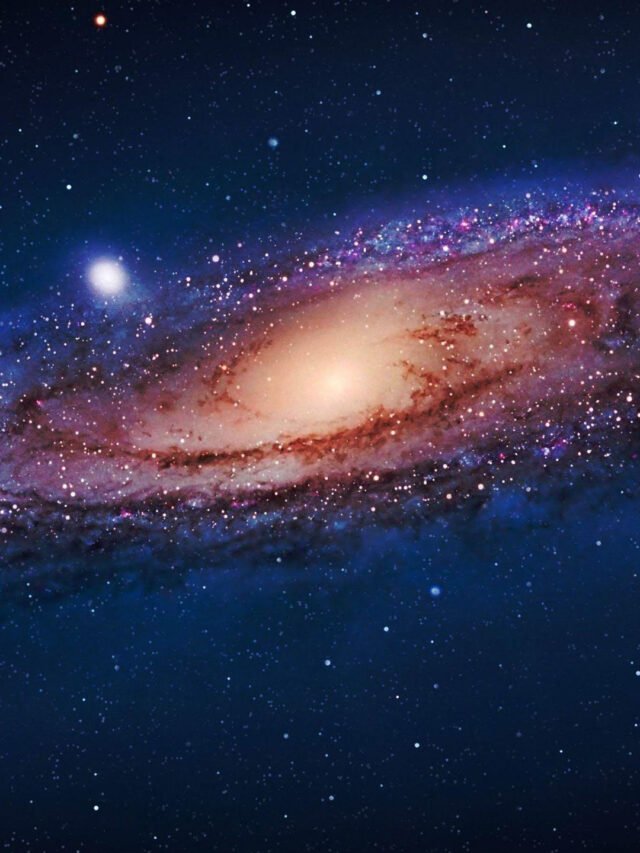










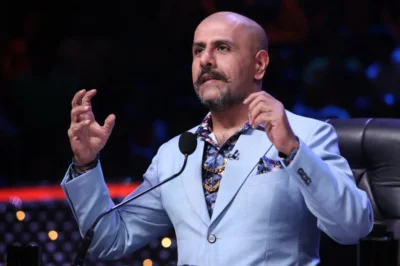





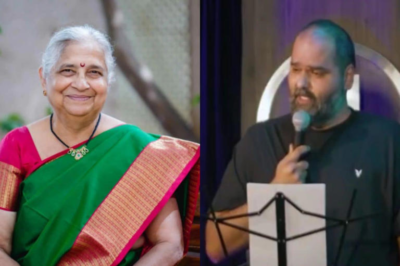




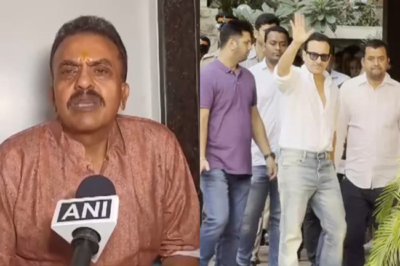
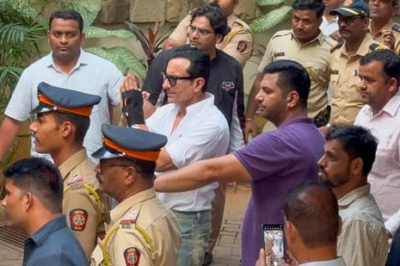







Leave a Reply